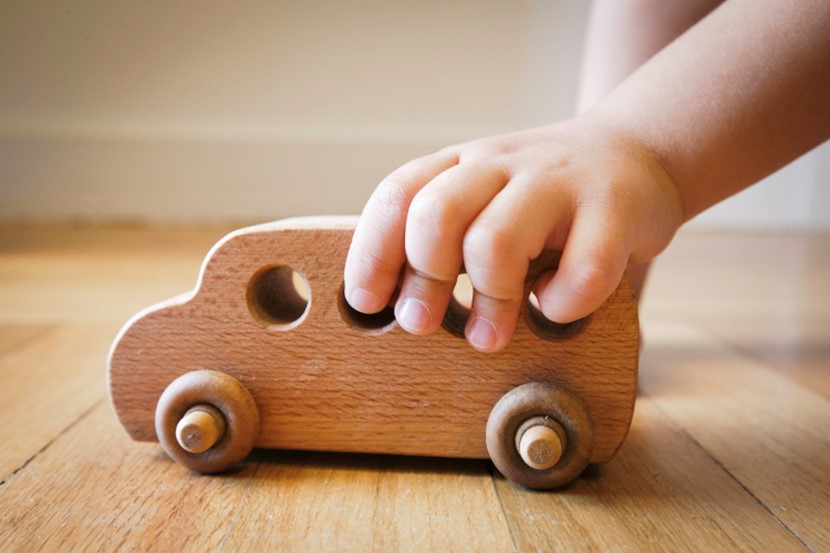5 ways heuristic play will benefit your child

Toys that do less, actually teach more, writes Bianca Jukes.
Children are surrounded by loud, colourful, active toys – but these toys lack the sensory and heuristic properties critical for supporting creative thinking and problem-solving skills. Heuristic play refers to the sensory exploration of the properties of ‘everyday’ items. With anything from a bowl, to a pinecone or a piece of string, heuristic play objects all share the characteristic of being open-ended. In this way, heuristic play resources promote innovation, creativity and imagination through the discoveries children make about ways in which these items can be used. Children learn through play – so offer them toys which will support their creative thinking.
5 benefits of heuristic play for children’s learning:
- The open-ended nature of these items means children can explore with them in a myriad of ways, allowing for their imagination to lead their play.
- Infants and toddlers, in particular, require a variety of sensory exploration opportunities to support their gross motor skills and brain development – heuristic play objects can offer this variety.
- Children are actively exposed to various sounds unique to the exploration of heuristic items – sounds which they discover can be created between the surfaces of different objects. This is far more valuable than hearing that same sound at the push of a button.
- A toy box with heuristic play objects offers opportunities for children to actively explore, combine and manipulate items in a range of sizes, shapes and weights; promoting early mathematical conceptual learning.
- Less is more – a few heuristic play resources with a world of possibilities for learning, means children learn how to play and how to fully explore their world, rather than learning the need for more to be provided so they can be entertained.
Bianca Jukes is an early childhood teacher and mum of two.

